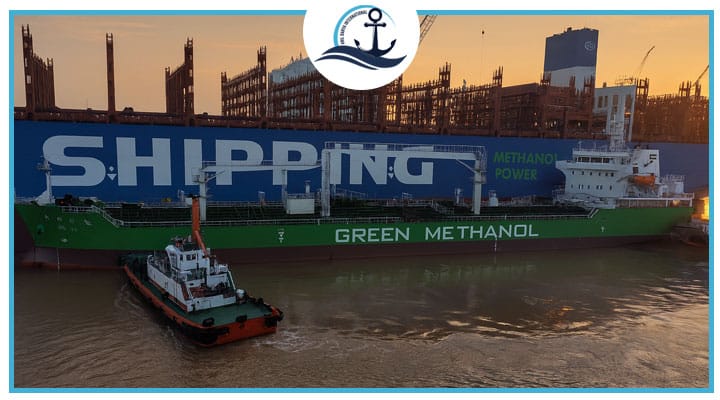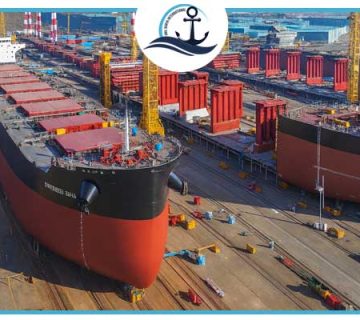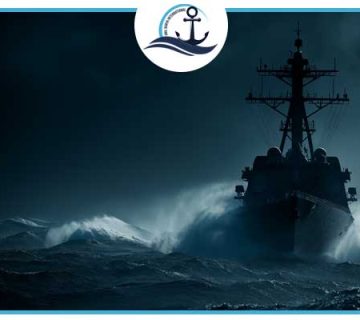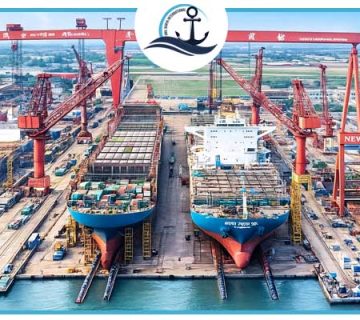|
Getting your Trinity Audio player ready...
|
Shanghai’s green corridor promises deliver results
Despite ongoing trade tensions between China and the United States, the Los Angeles–Long Beach–Shanghai Green Shipping Corridor has made measurable progress in transforming one of the busiest transpacific sea freight routes into a model for sustainable maritime trade.
In its latest update, the corridor’s coalition — the first trans-Pacific partnership of its kind — confirmed that it has successfully achieved Phase One milestones, including:
- Expanding shore power infrastructure to enable 100% electrification for container vessels during port stays.
- Deploying low- and zero-carbon capable ships with reduced lifecycle emissions.
- Scaling up sustainable fuel bunkering operations, particularly biofuel and methanol supply chains.
These developments mark a crucial step toward decarbonizing long-haul shipping and establishing a blueprint for green sea freight corridors worldwide.
Shanghai Leads in Global Green Corridor Expansion
Shanghai, the world’s largest container port, continues to spearhead green maritime initiatives, signing multiple decarbonization partnerships with major ports globally. The newest agreement links Shanghai with Melbourne, Australia, creating a new corridor that complements the trans-Pacific initiative.
“Shanghai is the world’s largest and busiest port, and Melbourne is Australia’s busiest,” said Saul Cannon, CEO of the Port of Melbourne.
“Given the volume of trade between China and Australia, decarbonizing this supply chain will have a significant positive impact on the environment.”
This partnership reinforces Shanghai’s leadership in sustainable logistics and its central role in driving low-emission sea freight innovation across Asia-Pacific trade routes.
The Global Rise of Green Shipping Corridors
According to 2024 data, there are now 62 active green corridor initiatives worldwide, up 40% year-on-year. These corridors represent defined maritime trade routes where public and private stakeholders collaborate to accelerate zero-emission shipping through shared infrastructure, technology adoption, and fuel standardization.
Six of these corridors have moved beyond feasibility studies and entered preparation and implementation phases, with cost modeling and operational roadmaps now underway. The Shanghai–California corridor is among the most advanced, serving as a real-world testbed for green fuel bunkering, electrified port operations, and cross-border carbon reporting.
Challenges in Reaching Zero Emissions
Despite the progress, global green shipping corridors face mounting financial and logistical challenges. Analysts warn of a growing “feasibility wall” — the point where fuel costs, vessel conversion expenses, and limited government incentives hinder large-scale deployment.
The lack of national-level subsidies and carbon pricing mechanisms remains the primary obstacle to bridging the cost gap between fossil fuels and zero-emission alternatives such as ammonia, hydrogen, and methanol.
Without stronger policy alignment, many initiatives risk stalling before reaching commercial viability — even as sea freight operators express growing interest in cleaner, more efficient trade lanes.




